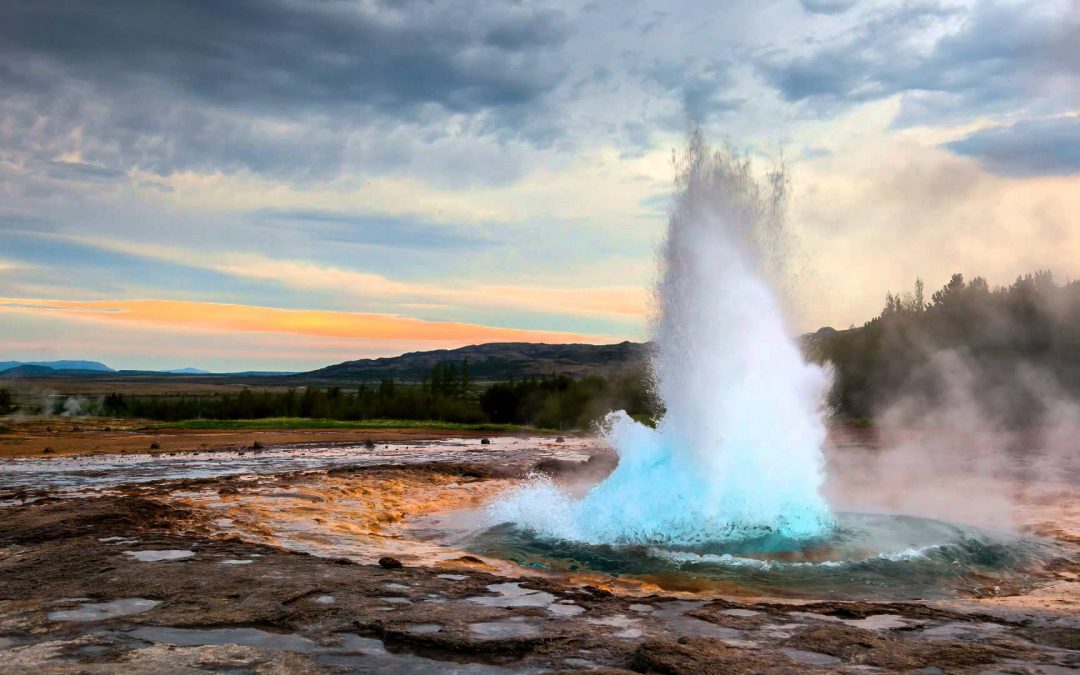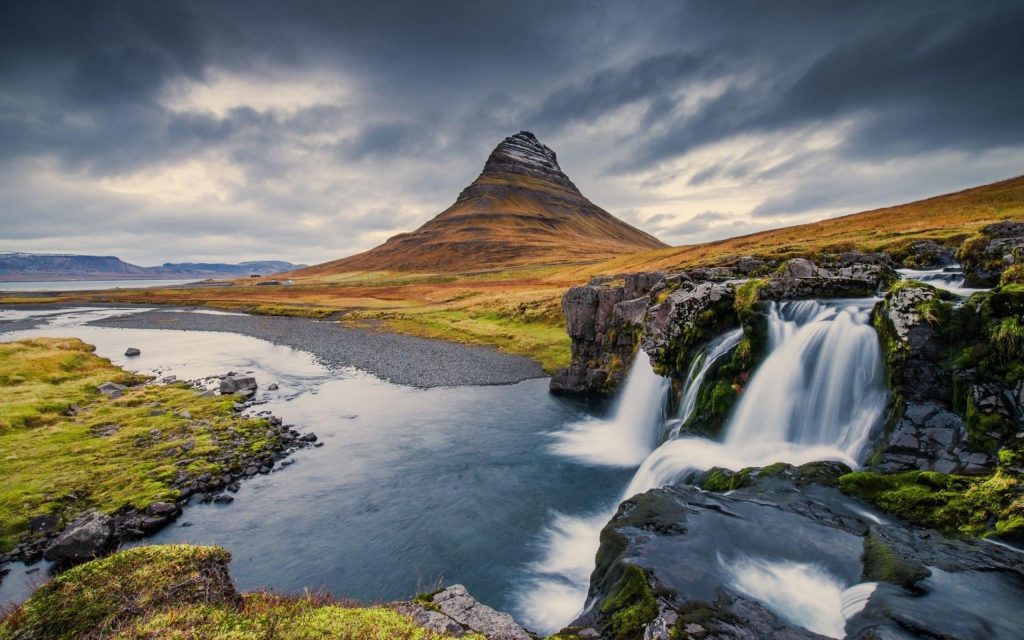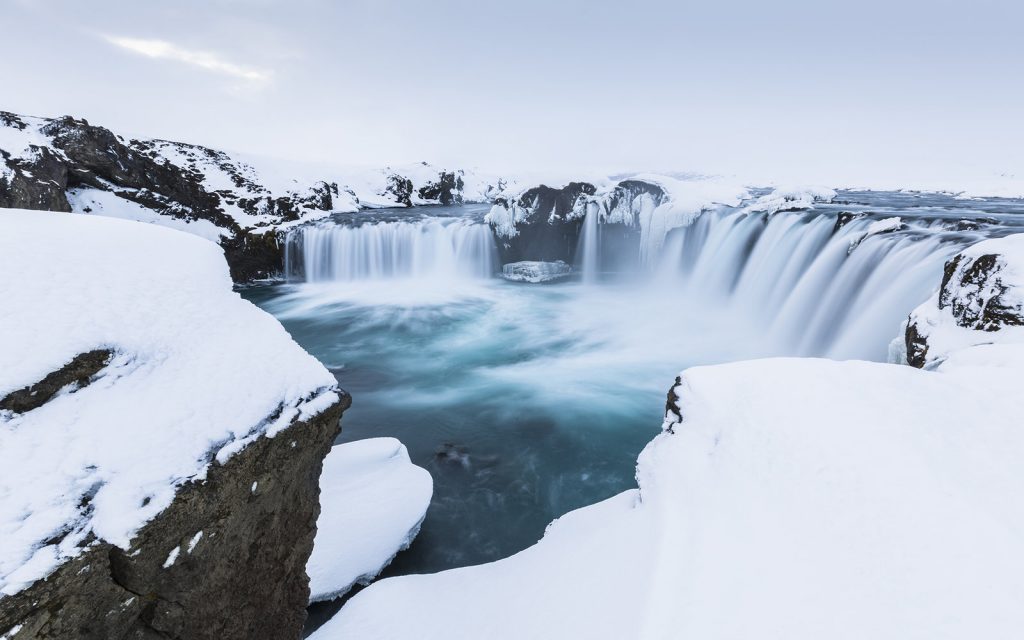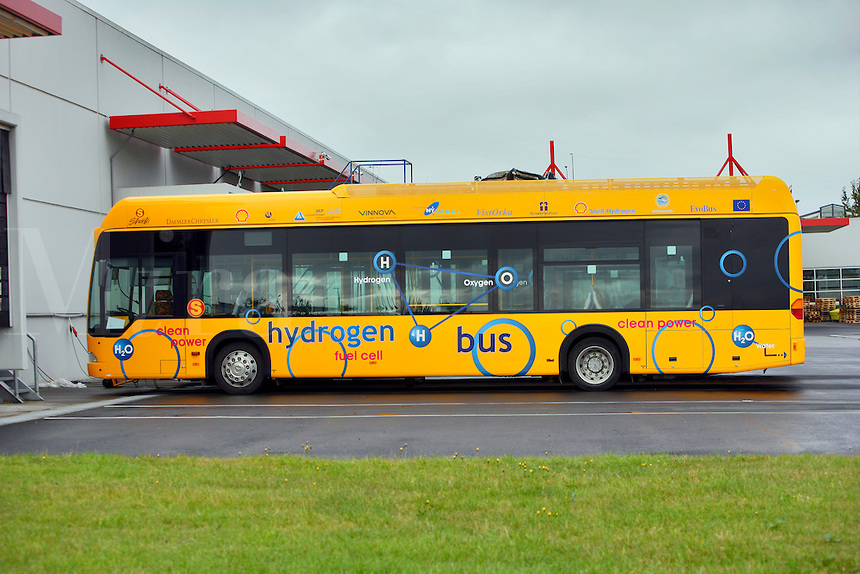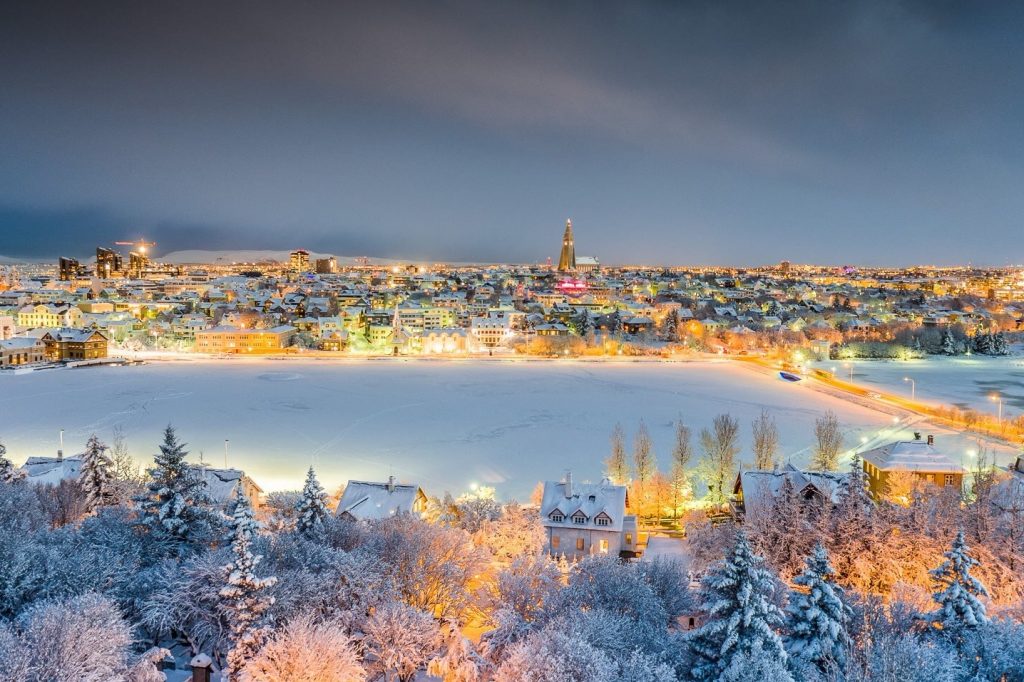Iceland (Iceland) is the 2nd ranked country after Finland in the EPI (Environmental Performance Index) assessment last year as the most environmentally friendly country.
This Nordic country lies northwest of Europe and north of the Atlantic Ocean, 300 km east of Greenland and 1,000 km from Norway. In addition to being the most environmentally friendly country, the country is also considered as one of the most beautiful countries in the world.
The country consists of large islands and some small islands around it. The big island is the 18th largest island in the world and the 2nd largest in Europe after the UK. Do not be fooled by the name “Iceland” which has the meaning of ice island with cool weather, windy, and cold summers.
Judging from its name, this country feels far from the word green because as we know that ice is not green. But in fact, Iceland is known as the greenest country in the world that proves that the greenest country does not have to be literally green.
This Nordic country is famous for its newest energy program that supplies clean electricity and hot water to almost every resident there. However, this country uses only very small amounts of fossil fuels to produce electricity. Most, even nearly 100% of its electricity is generated geothermally from natural sources such as wind, geothermal, and hydrogen power.
The geothermal power used is an advantage of the geological location of Iceland that has many geysers, coupled with the utilization of many rivers and waterfalls in the country.
This is what causes most of the inhabitants to have access to hot water, heating, and electricity cheaply. The geothermal energy supplies electricity to all buildings in the city with a 750 MW power grid from a steam and hot water distribution system that produces 60 m3 of hot water annually.
There is no need to strive to create an environmentally friendly country because basically the whole country is “alive” with volcanic activity and more than 80% of its country is dominated by hydrogen and geothermal energy. This makes Iceland touted as the world’s cleanest energy consuming nation.
In addition, Iceland’s “greenness” is also proven as the world leader in pollution control, natural resource management, environmental health, greenhouse gas emissions and forest reforestation. Inevitably this country was quite comfortable to be dated by animals.
In this country there are about 1300 species of insects, often also visited animals such as bats and polar bears, although only visited because they cannot breed there. Animal species that live on this ice island are the fish that live in the sea waters around the country.
To overcome the pollution and global warming issues that occur, similar to other environmentally friendly countries, Iceland also advises its citizens to use environmentally friendly vehicles. The government also provides hydrogen-fueled buses in the nation’s capital, Reykjavik, for example, the use of environmentally friendly vehicles.
As a form of encouragement and support to the citizens of Iceland to realize the importance of safeguarding the environment, the local Tourism Council will award an annual Environmental Award at hotels, hostels, recreation venues and other tourism that can demonstrate a strong commitment to environmental awareness and sustainability.
Although it is still a 2nd rank as an environmentally friendly country, being a country that utilizes natural resources to supply electricity to the whole country is something that should be copied and thumbs up. Living in a country with a lot of geysers is not easy, but the country has proven that any deficiencies can be transformed into excellence. This is what Iceland has proved itself.

